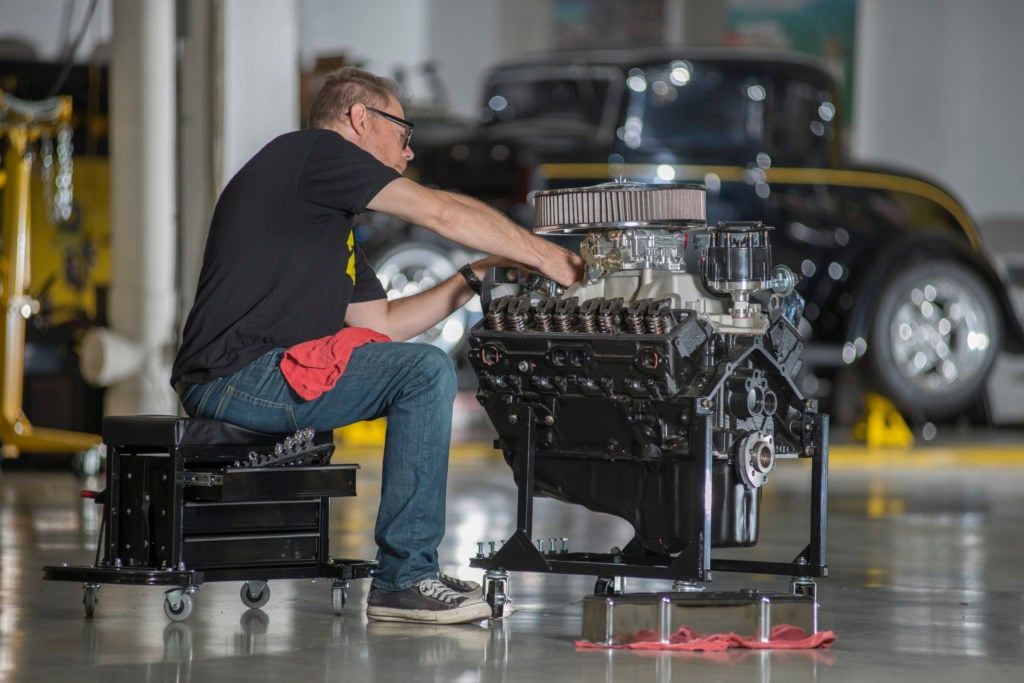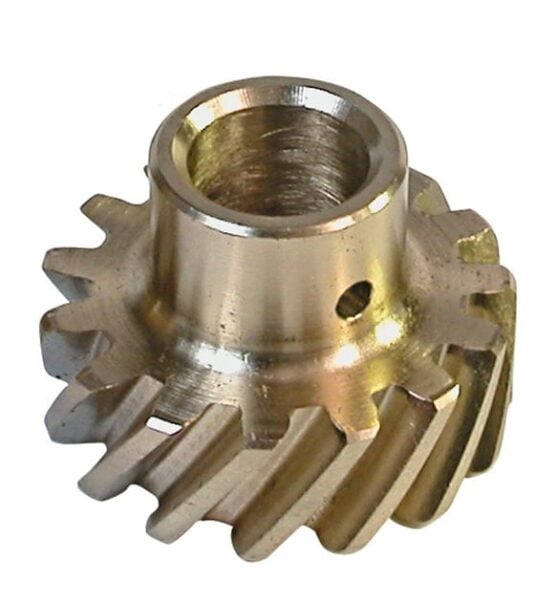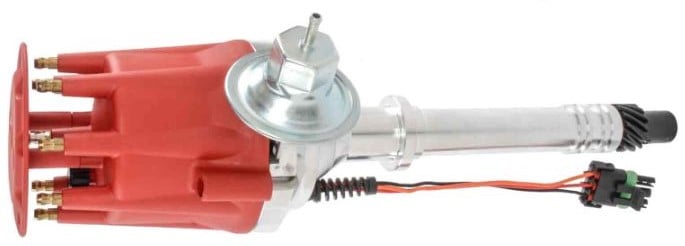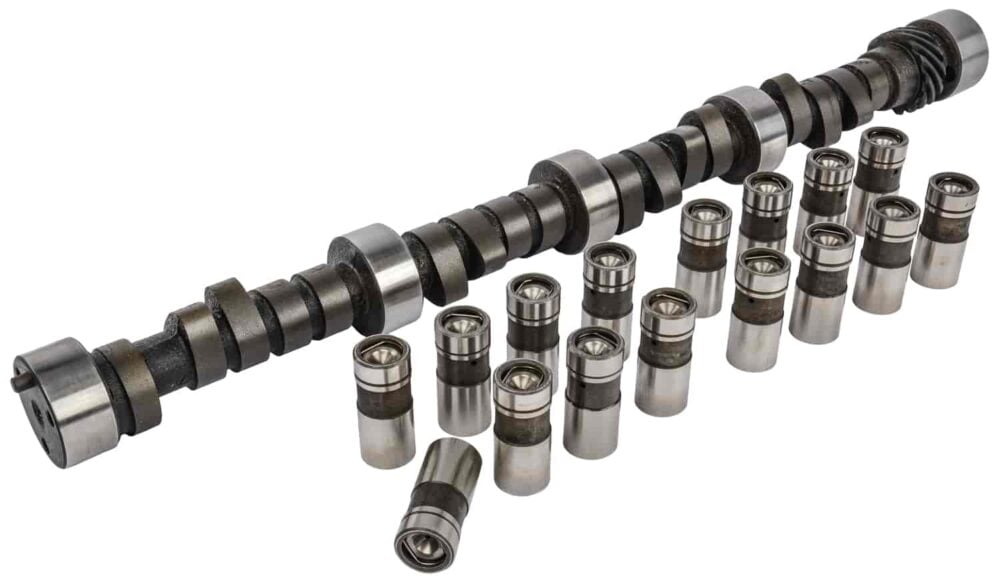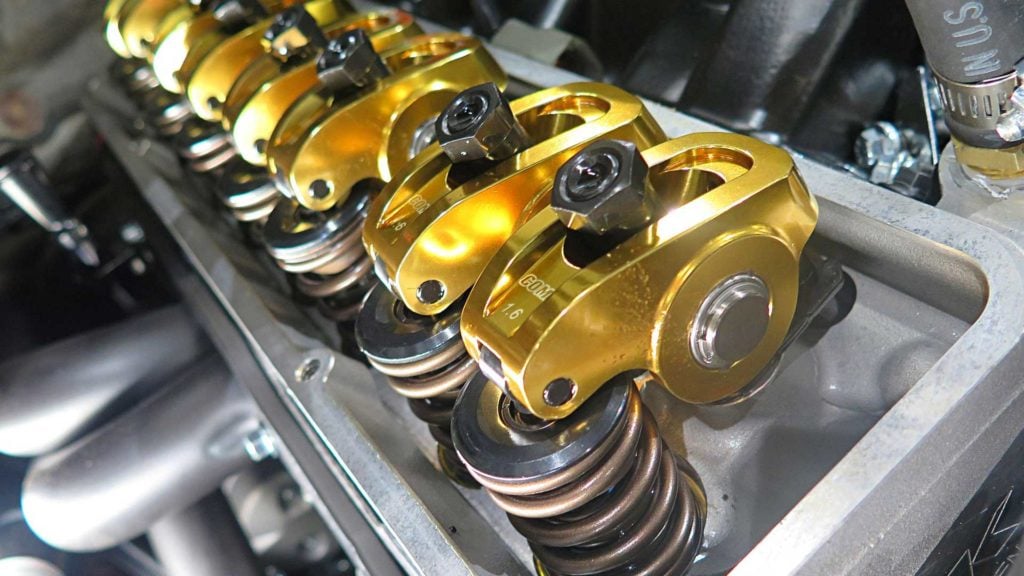
Proper valve adjustment is crucial to the performance and longevity of any engine, but for this tech tip we will concentrate on valve adjustment for a performance engine equipped with a performance (higher duration and lift) camshaft. Before we begin, let’s define a couple common terms we need to know.
Pre-load
Preload is the amount we have pre-loaded the lifter in either a hydraulic flat tappet or hydraulic roller camshaft and lifter setup.
Lash
Lash is the amount of gap between the tip of the rocker arm and the valve stem in a solid or mechanical flat tappet or roller camshaft and lifter setup.
Adjusting Valves On A Hydraulic Camshaft
Instructions for adjusting the valves with an engine using either a hydraulic or solid camshaft is the same procedure (for example, Chevy 350, and others), as far as when we perform the adjustment. The engine's firing order is often the starting place, with the number 1 cylinder's intake valve then its exhaust valve, followed by the next cylinder in the firing order. This makes it easier to keep track of which valves have been adjusted. The Intake valve is adjusted when the exhaust valve of the same cylinder is just starting to open and the exhaust valve is adjusted when the intake valve is just starting to close.
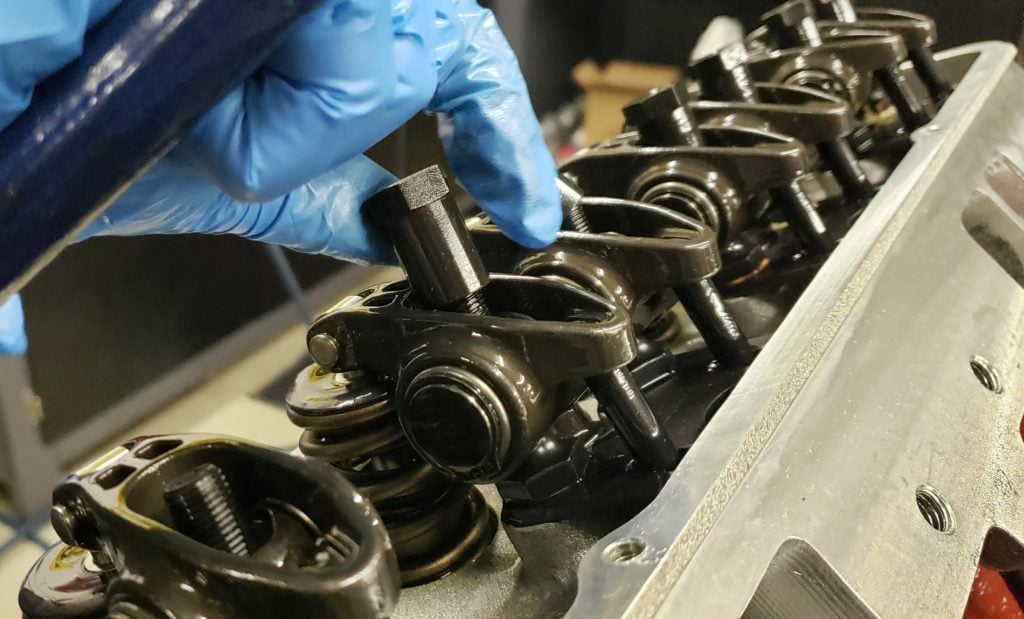
To perform the procedure rotate the engine by hand, as soon as you see the exhaust valve begin to open adjust the intake valve. Once adjusted continue to rotate the engine until the intake valve opens entirely and just begins to close, now adjust your exhaust valve. That cylinder is now complete.
Once the valve is in position following the above procedure turn the adjusting nut until there is zero lash between the push rod and the rocker arm, turn the adjusting nut ½ to ¾ of a turn. You have now put adequate preload into the hydraulic lifter.
Adjusting Valves On A Solid / Mechanical Camshaft
Once the valve is in position following the above procedure, place the appropriate feeler gauge between the valve stem and the tip of the rocker arm, tighten adjusting nut a little at a time until a slight drag is felt while installing and removing feeler gauge. The amount of lash is dependent on the engine and setup. There is also a "cold lash" setting and a "warm/hot lash" setting, depending on the temperature of your engine.
Once the valves are adjusted, the valve covers can be reinstalled. The rest of the engine can be assembled, or the engine can be started and checked for any unusual noise to confirm the last adjustment was done correctly.
